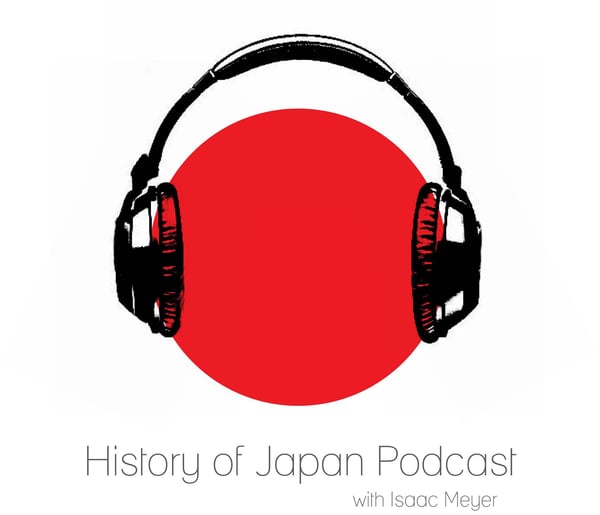Episode 445 - A Bowl for a Coin
History of Japan
Isaac Meyer
4.8 • 744 Ratings
🗓️ 8 July 2022
⏱️ 37 minutes
🧾️ Download transcript
Summary
This week: we tend to think of tea in terms of the tea ceremony and fancy culture, but what about lowbrows like me who like to drink our tea bottled from a vending machine? This week we'll be looking at tea as a commodity, and how it became a staple of Japan's consumer culture.
Show notes here.
Transcript
Click on a timestamp to play from that location
| 0:00.0 | Hello and welcome to the history of Japan podcast, episode 445, A Bowl for a Coin. |
| 0:23.0 | I imagine that most of you, when you think of tea in a Japanese context, think of the |
| 0:28.3 | tea ceremony, or chano-you, that blend of hospitality and zen aesthetics, that is so very |
| 0:34.9 | associated with ideas of refinement and high culture in Japan. |
| 0:39.8 | And that is with good reason, the chanauyue is a fascinating cultural institution. |
| 0:45.3 | And yet when we focus on it, that blinds us to one important reality. |
| 0:50.8 | For most people, for most of Japanese history, this was not, in fact, how they experienced tea. |
| 0:57.0 | The Chano Yu is, at least in part, about experiencing tea as something refined and transcendental, |
| 1:04.0 | but tea, as anyone who has ever grabbed some out of their corner vending machine can tell you, |
| 1:09.0 | is generally a lot more mundane than that. |
| 1:12.8 | So today we are going to unpack the history of tea, not as a marker of refinement, but as a |
| 1:18.4 | commodity of Japanese consumer culture. How did tea become, in many ways, Japan's national drink? |
| 1:26.1 | And before we get into it, as the title might clue you want to, this is an episode that owes |
| 1:31.0 | its very existence to the absolutely fascinating book, A Bowl for a Coin, a Commodity History |
| 1:36.9 | of Japanese Tea, by William Wayne Ferris. |
| 1:40.4 | So if you are a tea head, so to speak, which I am not, I should say, I do drink it, but I prefer coffee generally. |
| 1:47.3 | I highly recommend you check it out. |
| 1:50.4 | So, our story begins, as so many Japanese stories do, in China. |
| 1:57.0 | The tea plant, Camelius Nensis is the scientific name, is native either to southwestern China or northeastern India. |
| 2:05.3 | It thrives in a lush subtropical climate with plenty of rainfall. |
| 2:09.4 | It's well adapted to those conditions. |
| 2:11.9 | Tea relies on more than 15,000 millimeters of rain in a year, about 590 inches, |
... |
Please login to see the full transcript.
Disclaimer: The podcast and artwork embedded on this page are from Isaac Meyer, and are the property of its owner and not affiliated with or endorsed by Tapesearch.
Generated transcripts are the property of Isaac Meyer and are distributed freely under the Fair Use doctrine. Transcripts generated by Tapesearch are not guaranteed to be accurate.
Copyright © Tapesearch 2025.

